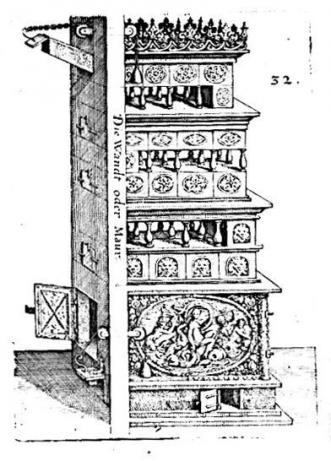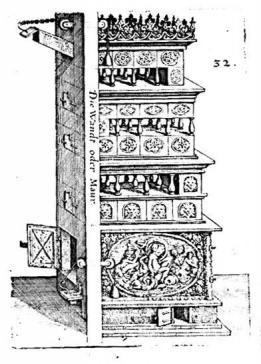Recent global climate change agreements cast energy efficiency as one of the principle means by which signatories can limit anthropogenic climate change. Human technical ingenuity has been pitched against the constraints imposed by Earth’s geological and climatic systems. But long before our present situation, the injunction to “conserve energy” was a commonplace homily that accorded with common-sense, economic reasoning, and the first law of thermodynamics. Despite the ubiquity of the idea, with a moments reflection, a number of questions arise: Does efficient use conserve energy? Do we conserve for perpetuity? Or can we conceive of energy efficiency as a source of energy supply, as if it were a resource? And if so, how does this resource come into begin? Moreover, what is the mechanism by which individual acts of parsimony translate into aggregate energy savings? The idea seems to presuppose a sociotechnical infrastructure, both physical and conceptual, through which energy, matter, and informational signals are conveyed, and which responds to both human and non-human agency.

Small metal oven. Franz Kessler (1618) Holtzparkunst. Faber, A. 1000 Jahre Werdegang von Herd und Ofen. Deutsches Museum. Abhandlungen und Berichte (1950) 18:3.
This research project traces the manifold and under interrogated history of energy resource conservation. In doing so, it documents the development of a body of research, knowledge, and practices, which formalized the idea that society could act as a means for conserving energy, the capacity to do work, rather than saving specific sources of energy, such as coal or petroleum. A range of disciplines lent credibility to this idea. Two starting points are siviculture and agronomy, sciences in which interventionist conservation principles were first articulated. In the nineteenth century, however, it was engineering, as Thomas Kuhn noted, that allowed the “quantification of energy conservation.” In subsequent decades, the notion of conservation through quantification found itself expressed in political economy, scientific management, institutional economics, econometrics, combinatorics, graph theory, and computer simulation. Faced with apparent energy constraints, it was increasingly suggested that there was a relation between acts of measurement and the belief that conserved energy was a resource much like any other.
Alongside these forms of knowledge, the materiality of energy resources appears to have played a critical role, as geography, geology, physics, and chemistry imposed certain constraints upon the practices of conservation. For example, fragile charcoal, bulky coal, and fugacious petroleum all required different methods of conservation. Whilst the methodological and political implications of conserving “energy,” a category at once abstract yet precisely quantifiable, would prove more far-reaching, suggesting that economic liberalization was concomitant with optimal energy saving. The efficient use of energy had long been an objective of statecraft. It is clear that the shifting scientific and material aspects of conservation have both informed and been informed by theories of political economy and lived political relations. Accordingly, this project hypothesises that energy conservation must be understood not only as an applied science but also as a justification for certain forms of political relations. As such, the history of energy resource conservation offers a new perspective on the political history of the long twentieth century.

